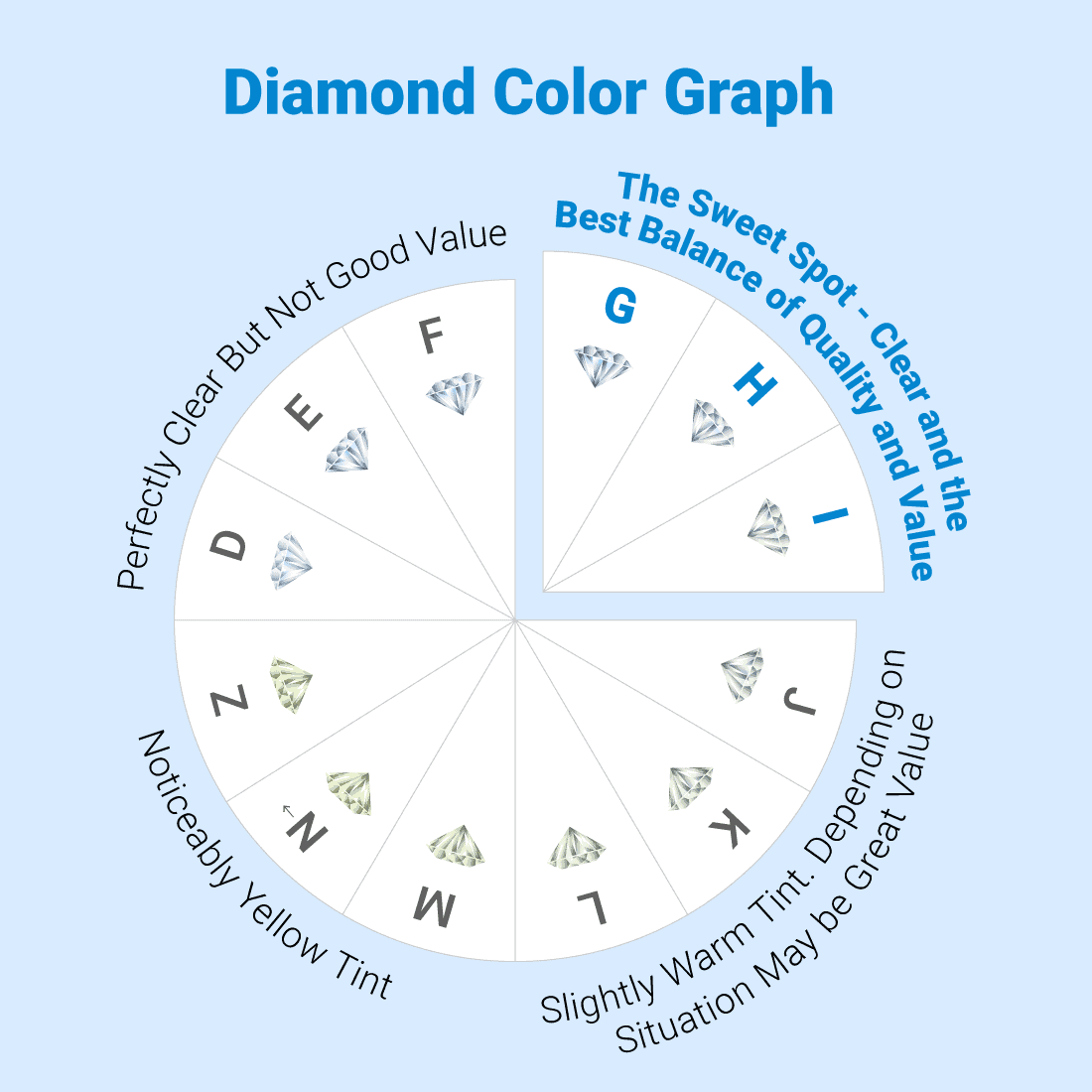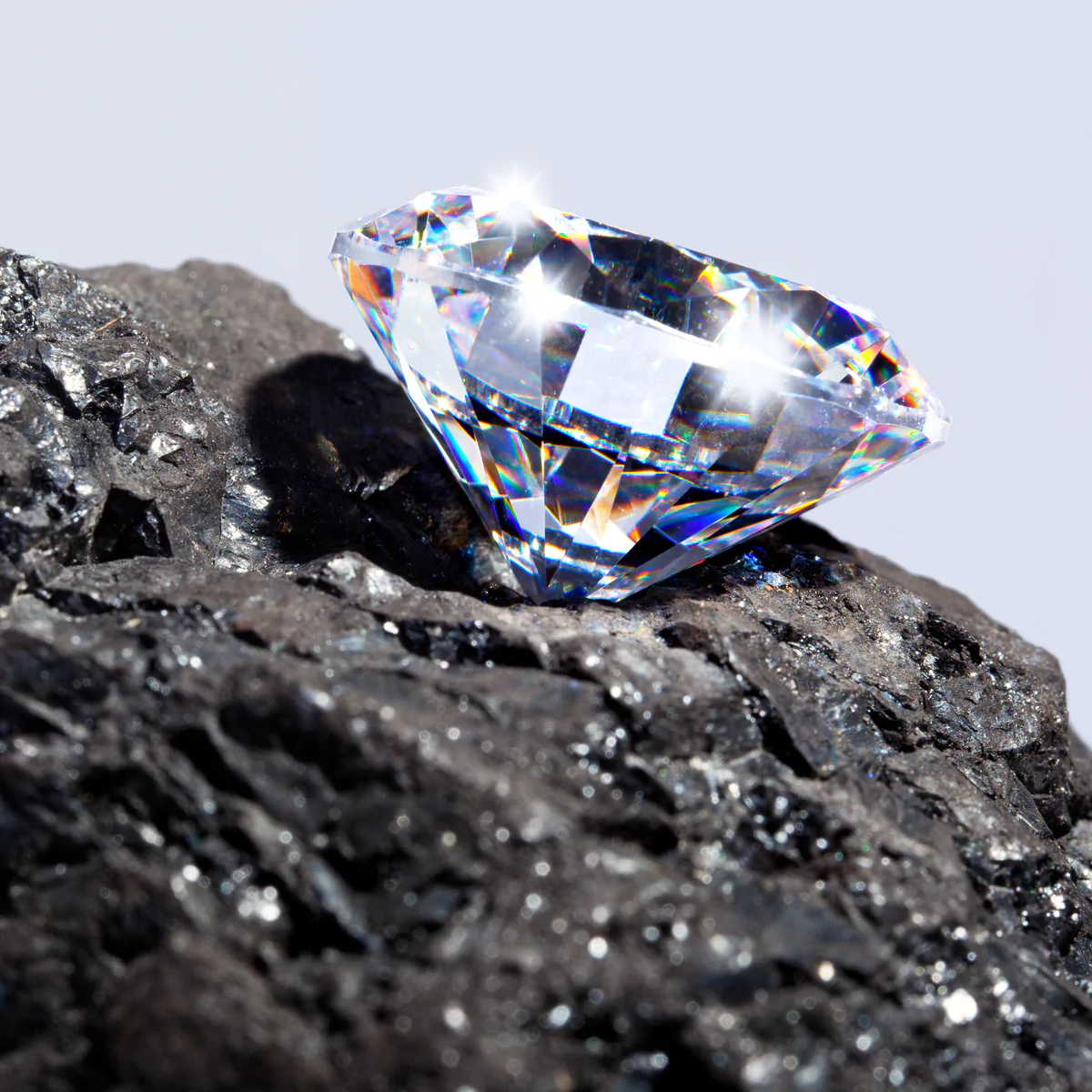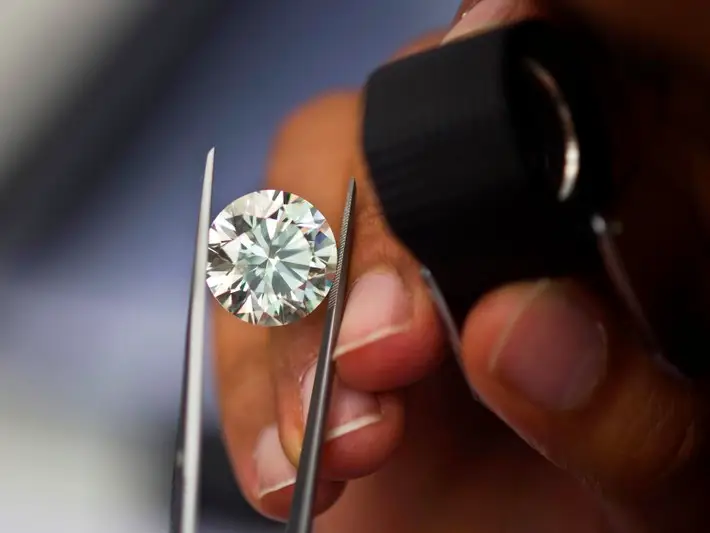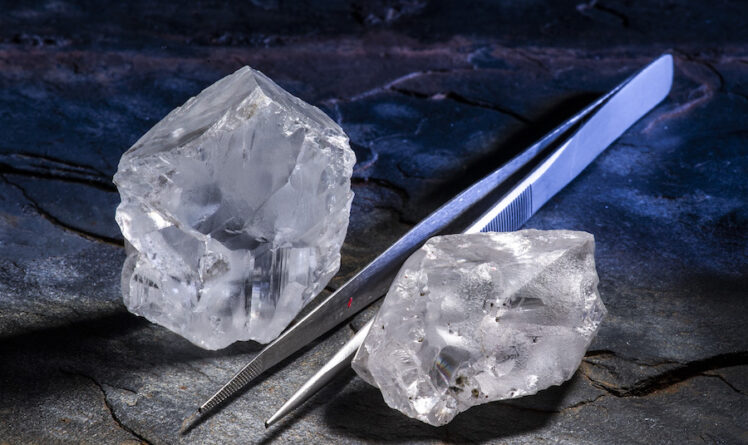Diamonds symbolize many things: strength, love, class, and beauty just to name a few. They also require an extremely long time to form naturally, but many companies are producing diamonds in labs.
Myths regularly divide consumers on whether or not these lab-grown diamonds are equivalent to their natural counterparts and worth purchasing over a real diamond. Mehul Sompura, founder and CEO of Diamond Hedge — an augmented reality marketplace designed to help consumers shop for diamonds — shares his insight on some of the most common misconceptions about the differences between lab-grown diamonds and natural diamonds.
“For decades, people have known of fake diamonds or cubic zirconia and other diamond simulants, so people naturally think lab-grown diamonds are another form of ‘fake diamonds,’” says Sompura. “People don’t understand it’s a completely different technology used to make lab-grown diamonds. In addition, people don’t understand that lab-grown diamonds are created from the ‘DNA’ of a natural-born diamond, so it has the same physical and chemical properties as a naturally mined diamond.”

Source: diamonds.pro
Contents
Lab-grown vs. mined
The only way to differentiate natural and lab-grown diamonds is through specialized equipment. Lab-grown diamonds come with a gem certification, which is one identifier customers can look for if they’re trying to determine if they’re looking at a lab-grown diamond or a natural one.
The most common misconception about how diamonds are valued has to do with the size of a diamond. “One of the largest misconceptions about diamonds is the larger the diamond, the better, but this is incorrect,” Sompura explains. “You can have a 3-carat diamond with low-quality cut, color, and clarity, and see all the blemishes with the naked eye. So, the carat size doesn’t equate to a good quality diamond. Carat size is only the weight of the diamond.”
Since it takes billions of years for a mined diamond to form naturally, the natural inclusions that the naked eye can’t see is one of the things a lab-grown diamond cannot mimic. Natural, mined diamonds also have a much higher resale value, while lab-grown diamonds have little to no resale value.
Another difference is the hardness of a natural diamond compared to a lab-grown one. Natural mined diamonds’ hardness is rated at 10, whereas its lab-grown counterpart has a hardness of 9.5. “Similar to natural diamonds, a lab-grown diamond will have a refractive index of 2.42,” Sompura explains. “Hence, it becomes very hard to differentiate between the two. This measurement will allow customers to understand how much light the diamond can refract.”
In other words, a diamond’s refractive index is a measurement of it’s sparkle.

Source: jayfjeweler.com
Selling a used diamond
Sompura advises customers who are looking to resell a used diamond and want to get the most value to take out the center diamond from the ring, and bring the gem’s certificate of authenticity with them to the jeweler or buyer. This primarily concerns how quickly a jeweler can sell the diamond.
For instance, if a customer sells their diamond ring to a jeweler, they won’t be able to sell it as quickly to someone else with the diamond still in the ring setting, since ring bands are sold entirely based on preference. But if a diamond is detached from the band, jewelers can find a buyer much more quickly, which will result in them purchasing it from a person at a higher price. Of course, this also depends on having the diamond’s certificate of authenticity, as well.
Eco-friendly and conflict-free
Believe it or not, lab-grown diamonds are more environmentally-friendly than their natural, mined counterparts. When customers purchase a lab-grown diamond, they have the peace of mind that they are investing their money in a conflict-free diamond. All lab-grown diamonds have their origin in the research facility or laboratory, and they are grown in a healthy environment that ensures zero occupational hazards.
Diamonds that are not considered to be conflict-free are diamonds that are mined or created in an area saturated or entrenched in violent conflict. For example, some naturally-mined diamonds come from war-torn areas in Africa, which are considered “conflict” regions. Lab-grown diamonds are man-made in a lab, which is considered “conflict-free” because they are curated from an environment free of conflict.

Source: allurez.com
What about moissanites?
Moissanites are not the same as lab-grown diamonds. While they have accumulated prominence in recent years, moissanite jewels fluctuate from diamonds in several ways. Natural diamonds are mined from the surface, whereas lab-grown diamonds are created and collected in labs. Moissanites actually originate from meteors and are made up of completely different materials and properties that designate it as a different type of jewel, but most importantly, it is not identified as a diamond.
Diamond exploration testers conducted experiments on lab-grown diamonds and real diamonds, which revealed that lab-grown diamonds retain the exact properties as natural diamonds. Using thermal conductivity tests, lab-grown diamonds consistently graze as diamonds on a thermal quest.
“With a discrepancy, Moissanite probe testers emit electrical conductivity; i.e. the capacity of a substance to transport electricity,” Sompura shares. “Lab-grown diamonds do not, concluding they cannot be assessed on the same spectrum as Moissanite because they require electrical conductivity.”
“Real diamonds are prettier!”
Many experts in the diamond industry argue that lab-grown diamonds have a significantly higher virtue than mined diamonds. Natural diamonds are molded and crafted at the whims of the earth, but synthetic diamonds are man-made, enabling lab-grown diamonds to be stabilized to be brighter, more adequate, and whiter. A huge amount of lab-grown diamonds generally obtain higher virtue ratings than their “real” counterparts.

Source: mining.com
Alright, how much?
Lab-grown diamonds often cost approximately 30% lower than natural diamonds of identical size and integrity. They are certified and graded similarly to mined diamonds, and they have that same sparkle — if not better — found in a natural diamond. Even after being a professional gemologist, you can’t tell the disparity between lab-created diamonds and natural diamonds without specialized tools.
The major discrepancy between a lab-grown diamond and a naturally-mined diamond is solely the manner it is formulated. A mined diamond is formed beneath the Earth’s coating and comes to the surface where it can be mined when after tectonic shifts — such as volcanic eruptions and earthquakes — push them further towards the planet’s surface.
“Retail, wholesale, and resale rates are specified based on a discounted amount of the Rapaport price. However, you will possibly still get a return for a mined diamond versus a lab-grown diamond since you’re inclined to spend an approximate 30% extra for a natural diamond” says Sompura.
At the end of the day, lab-grown diamonds and natural diamonds are extremely similar. So, unless you’re looking to exchange or sell diamonds often, purchasing a lab-grown diamond is a more sustainable and cost-effective option for the typical customer.
